A quality thermal imaging riflescope is a significant financial commitment and a powerful tool for any serious hunter or tactical professional. It opens up a world invisible to the naked eye, giving you a decisive advantage in total darkness.
Because this technology is so advanced and sensitive, understanding how to protect it is fundamental. This guide is designed to give you clear, practical knowledge to safeguard your equipment, ensuring it performs reliably for years to come. We will walk through the most common hazards, focusing on what matters most, so you can operate with confidence.

How Can Direct Energy Sources Permanently Damage Your Thermal Scope's Sensor?
This is the single most important consideration for any owner of a thermal device. The heart of your riflescope is its thermal sensor, a sophisticated microbolometer that detects minute differences in heat. This sensor is extremely vulnerable to intense radiation energy sources. Exposing it to them, even for a moment, can lead to permanent, irreparable damage that is not covered by warranty.
Direct Sunlight: The Risk of Irreversible "Burnt Spots"
The germanium lens on the front of your thermal imaging riflescope is excellent at transmitting infrared energy. Unfortunately, it works just as well at focusing the immense energy of the sun. Think of how a child uses a magnifying glass to focus sunlight and burn a piece of paper. The lens of your thermal scope does the same thing to its sensor, only much faster.
A direct look at the sun, or even having the lens pointed toward the sun while the device is off, can focus that energy onto a tiny spot on the focal plane array. This will instantly overheat and destroy the pixels in that area.
What does this damage look like?
- Permanent Black Spots: You will see one or more dead spots in the image where the pixels have been completely burned out and no longer register any thermal information.
- Permanent Bright Spots: Sometimes, the pixels are not destroyed but are instead fused into a permanently "on" state, creating an unchangeable bright spot in your view.

This damage is not a temporary glitch. It is the physical destruction of the sensor itself. A scope with such damage loses its ability to provide a clean image, making precise target identification impossible. You can take a few simple steps to completely avoid this catastrophic failure.
Essential Sunlight Prevention:
- Always Use the Lens Cap: Your lens cap is the first and most effective line of defense. Keep it on whenever you are not actively viewing a target.
- Store It Safely: When not in use, store the scope in its protective case. If it's mounted on a rifle, point the lens toward the ground.
- Be Aware of Your Surroundings: Never leave your rifle on a bench or in a vehicle where the sun could potentially shine directly into the lens.
Laser Pointers and Other High-Intensity Light Sources
Lasers pose a similar, and in some ways more insidious, threat. A laser emits a highly concentrated beam of light. If this beam enters the lens of your thermal imaging riflescope, it will strike the sensor with enough intensity to cause immediate pixel damage. This includes common laser pointers, rangefinders, and industrial lasers. The damage often appears as a perfect, pinpoint black dot or a sharp line across the image. Always remain aware of laser use in your vicinity to protect your thermal scope sensor from this kind of permanent damage.
How Do Physical Impacts and Improper Handling Affect Your Riflescope's Durability?
While less instantly catastrophic than direct energy, physical damage can degrade or destroy your riflescope over time. These devices are built to be tough, but their internal components are still precision instruments that demand respect.
Drops and Bumps
An excessive impact from a hard drop can directly crack the lens or even fracture the sight's housing. Even if the scope appears fine externally, a significant shock can affect its ability to hold zero, rendering it useless for accurate shooting.
Sustained Strong Recoil and Improper Installation
Every thermal scope has a specific shock resistance rating, measured in G-force. Always check that your rifle's recoil is under this limit, as a single shot from a mismatched, high-caliber firearm can cause catastrophic damage. However, a far more common issue is improper installation. If the scope is not mounted correctly and torqued to specification, it can shift slightly with every shot. This movement creates a violent, repeated shock far greater than the recoil the scope was designed to handle. A secure, properly installed mount is critical for the longevity of your thermal scope.

Which Environmental Factors Can Secretly Ruin Your Thermal Optic?
The final category of threats comes from the environment itself. Moisture, dust, and corrosive agents can slowly erode the performance and integrity of your device.
Moisture and Humidity
Most quality thermal imaging riflescopes come with an IP (Ingress Protection) rating, such as IP67. This number tells you how resistant the device is to solids and liquids.
- The first digit (6) means it is completely dust-tight.
- The second digit (7) means it can be submerged in up to 1 meter of water for 30 minutes.
While this sounds robust, these ratings apply to a device in new condition. Over time, rubber seals can degrade, and hard use can compromise the housing. It is wise to avoid prolonged immersion. Furthermore, storing the device in a high-humidity environment can allow moisture to eventually find its way inside, potentially fogging the internal lens or damaging the electronics. After use in wet conditions, always wipe the scope down and let it air dry completely before storage.
Dust, Sand, and Corrosive Substances
Dust and sand present a major risk to your lens. The coating on a germanium lens is critical for its performance, but it is softer than glass. If you try to wipe sand or grit off the lens with a cloth, you will scratch this coating, creating permanent blemishes and degrading image quality.
Proper Lens Cleaning Technique:
- Use a blower or a can of compressed air to remove all loose particles first.
- Once the grit is gone, use a dedicated lens cleaning cloth and approved cleaning solution to gently wipe the lens in a circular motion.
Also, be mindful of corrosive substances like saltwater spray, which can damage the housing and controls over time. A quick wipe-down with a fresh, damp cloth after exposure can greatly extend the life of your equipment.
Prevention Is Better Than Repair
Your thermal imaging riflescope is a powerful ally in the field. Protecting it comes down to a few key principles: shield the sensor from direct energy, handle the device with care, and keep it clean and dry. By understanding these risks and incorporating simple preventative habits, you ensure your investment remains a reliable and effective tool. Proper care is not a chore; it is the final, crucial step in mastering your equipment.

FAQs
Q1. How often should I calibrate my thermal scope?
Our thermal sight offers two shutter calibration modes: Auto (Default) and Manual. In Auto mode, the sight executes shutter calibration based on internal software algorithms, you can still manually execute shutter calibration at any time after the device is turned on to correct the image.
Q2. Can altitude changes affect my thermal scope?
Yes. Rapid altitude shifts can cause pressure changes, blurring images or shifting zero. Let the scope acclimate gradually. Argon- or nitrogen-purged models reduce this risk during high-altitude trips.
Q3. How to store a thermal scope long-term?
For long-term storage, keep the device in a dry, well-ventilated environment. Remove batteries, use a padded case, and keep the lens capped. Avoid magnetic fields and high-voltage areas to protect electronics.
Q4. Does firmware affect thermal scope performance?
Yes. Updates improve image processing and stability. Use only official firmware to prevent damage or voiding the warranty. Avoid third-party software to protect sensor safety.
Q5. Can extreme cold damage my thermal scope?
Yes, extreme cold can damage your thermal scope. Always follow the manufacturer’s recommended operating temperature range, and avoid exposing your scope to extreme cold or heat for extended periods.

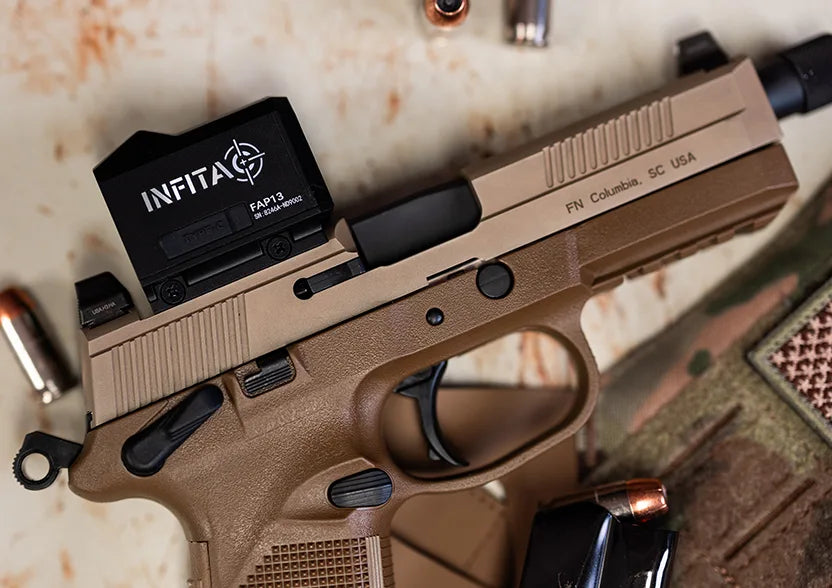
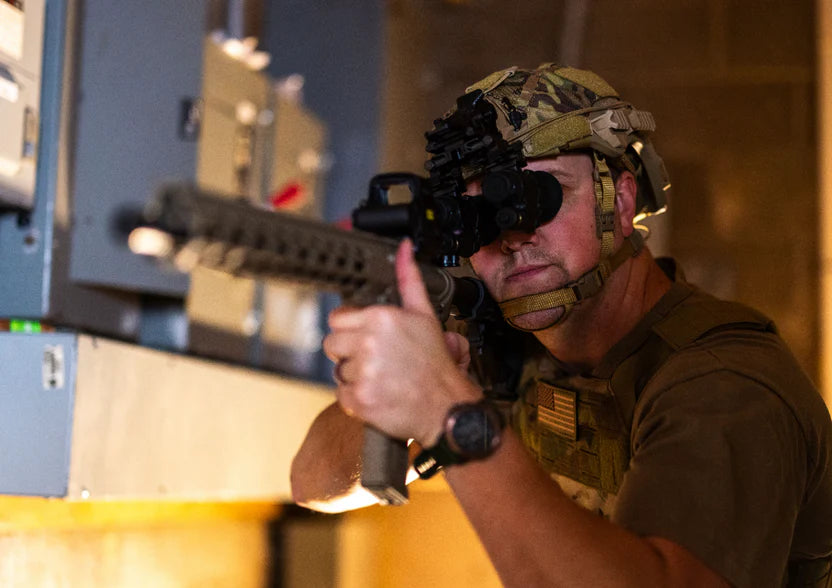
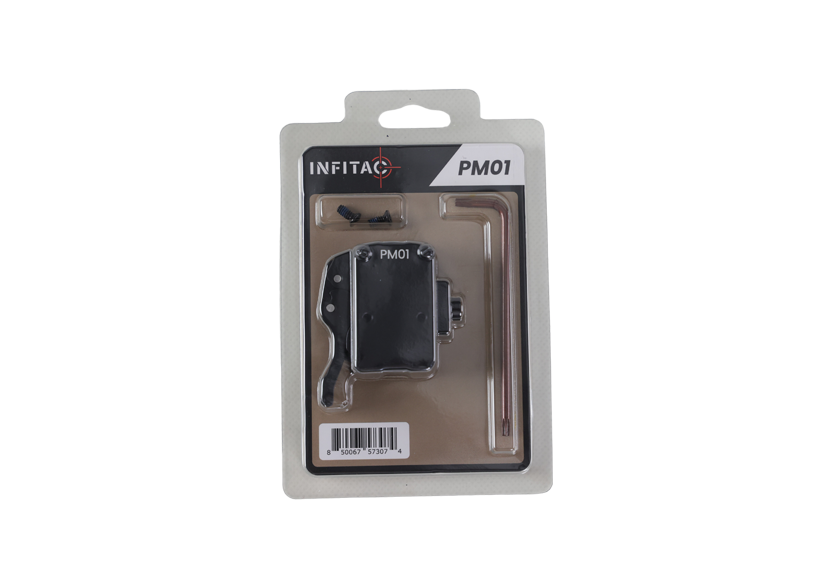
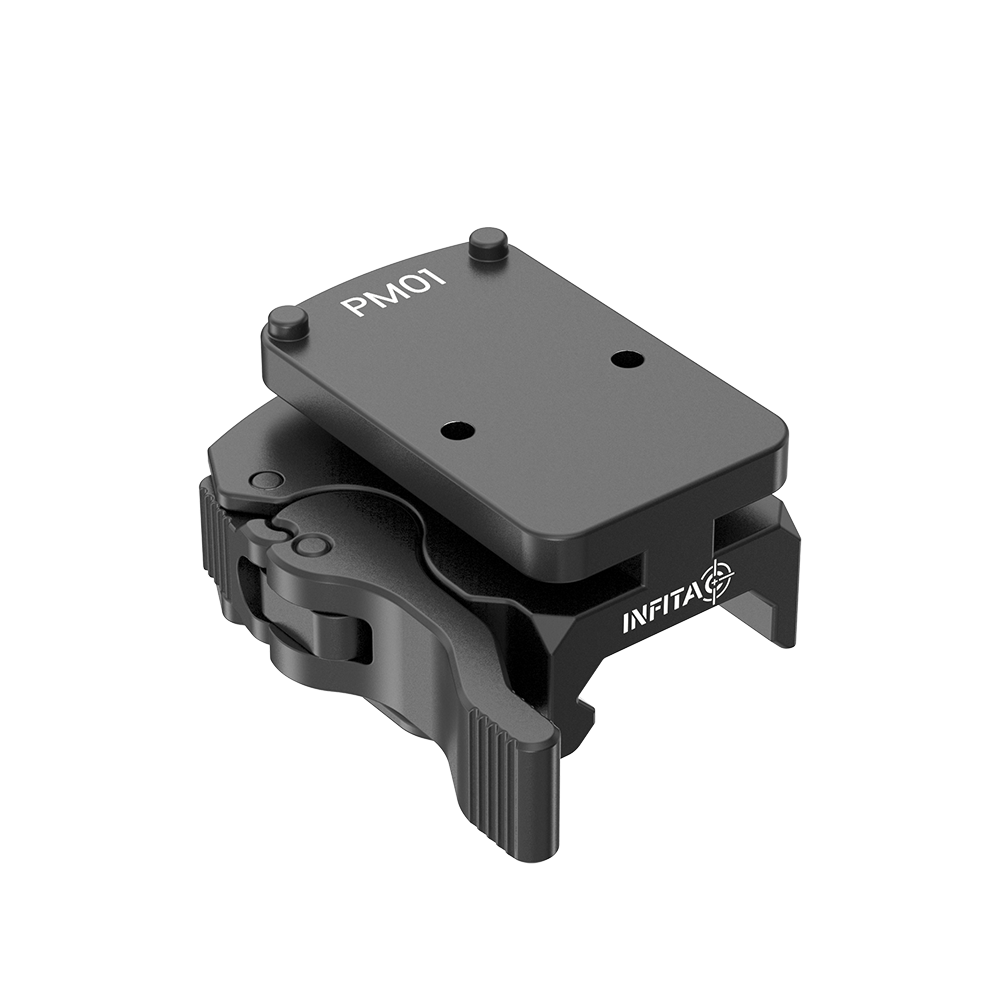
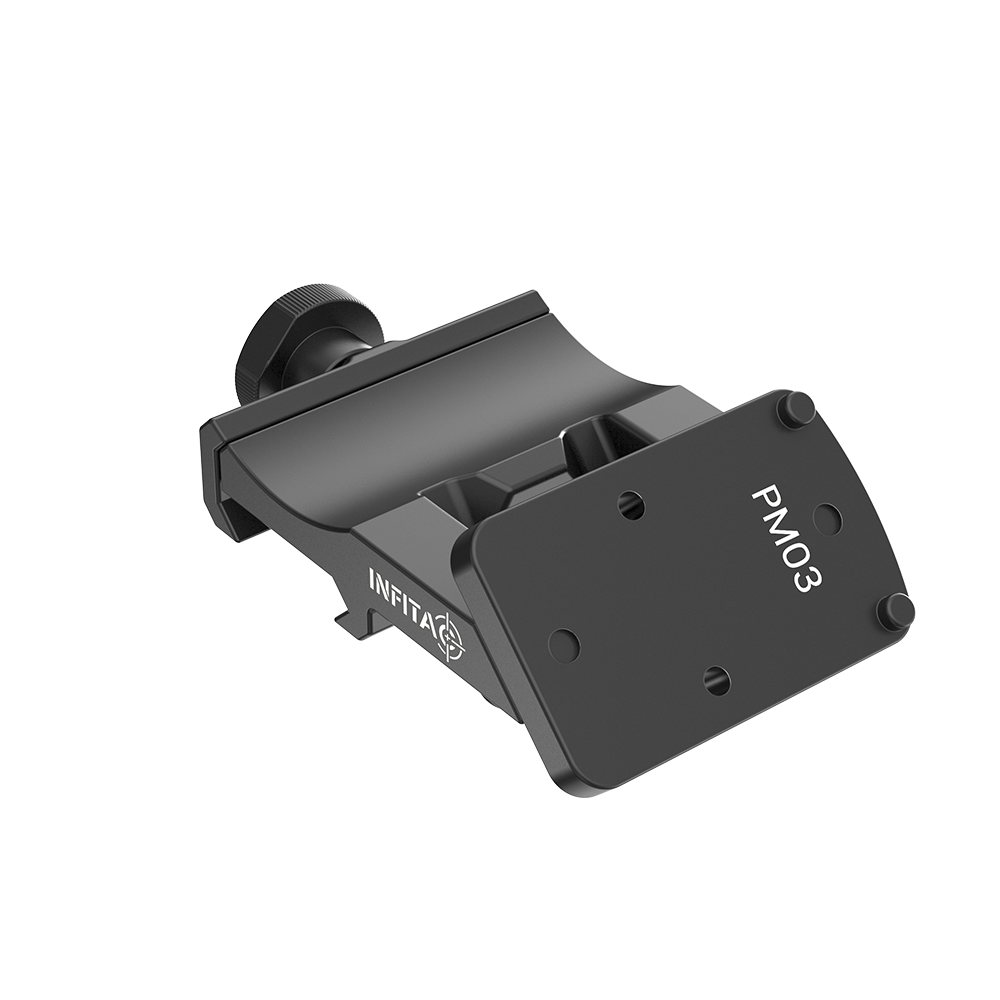
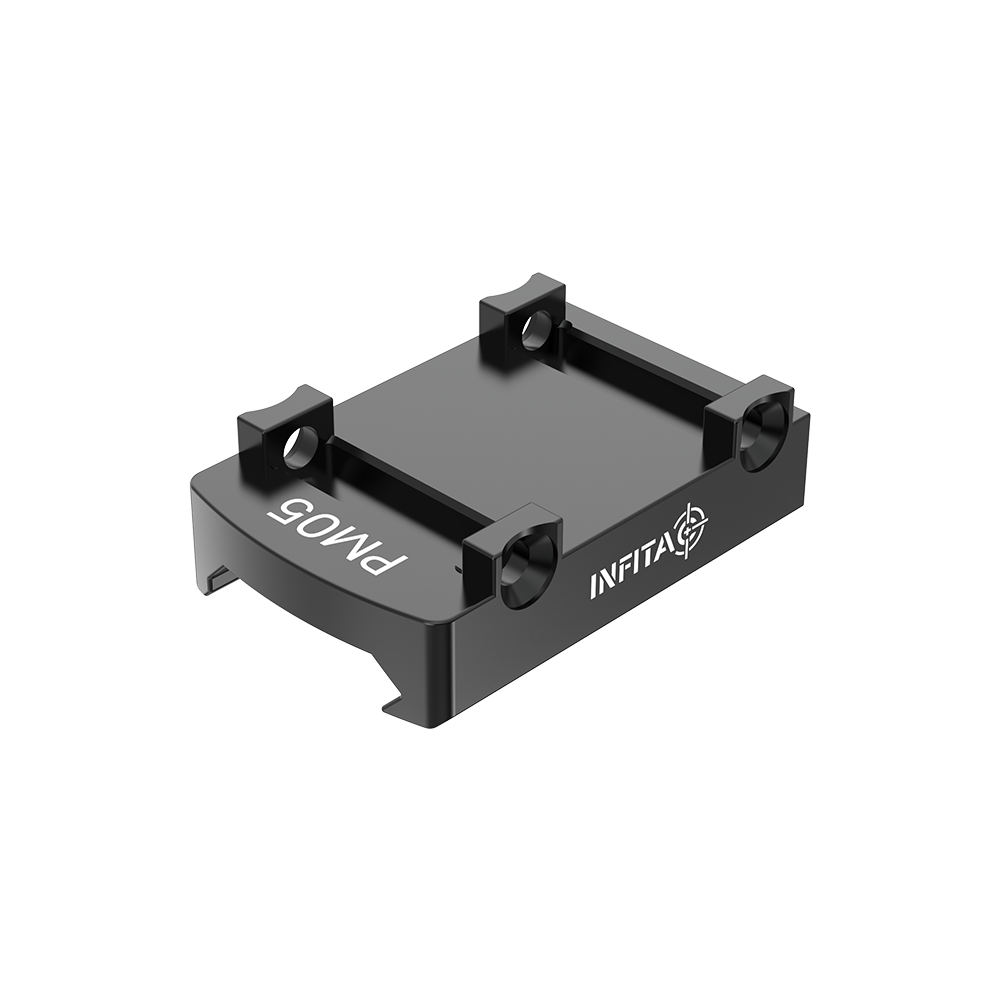

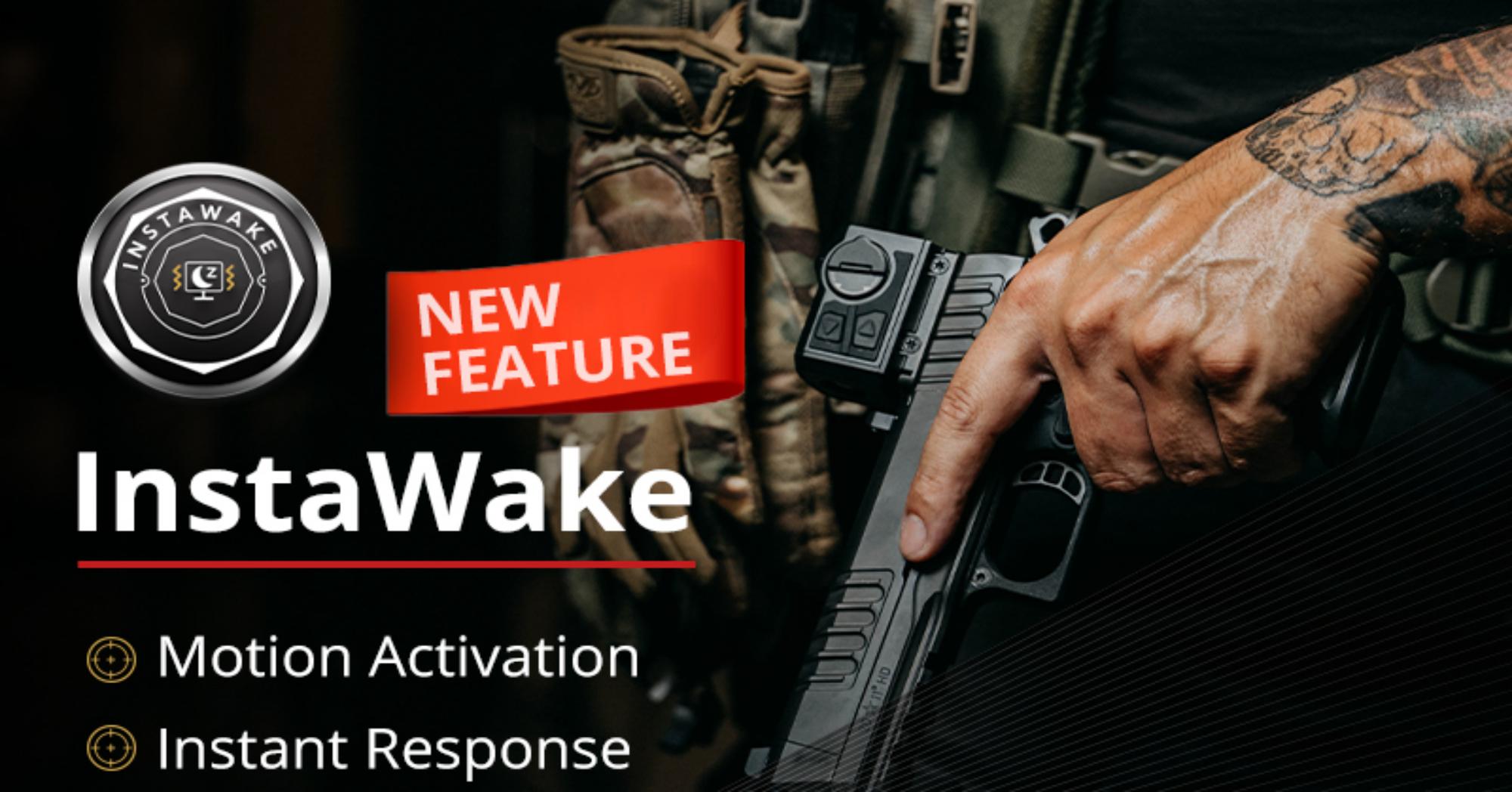
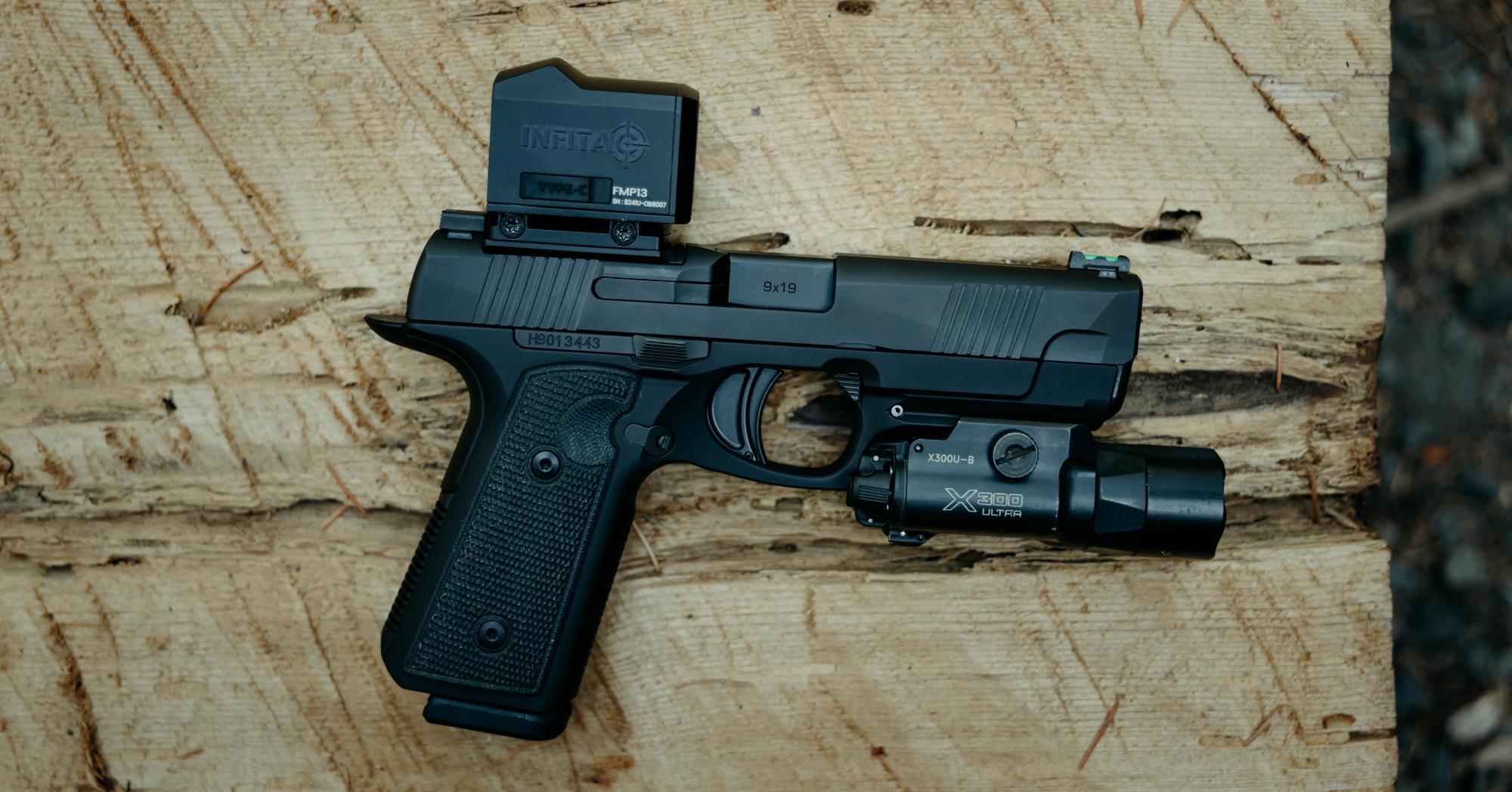
Leave a comment
This site is protected by hCaptcha and the hCaptcha Privacy Policy and Terms of Service apply.